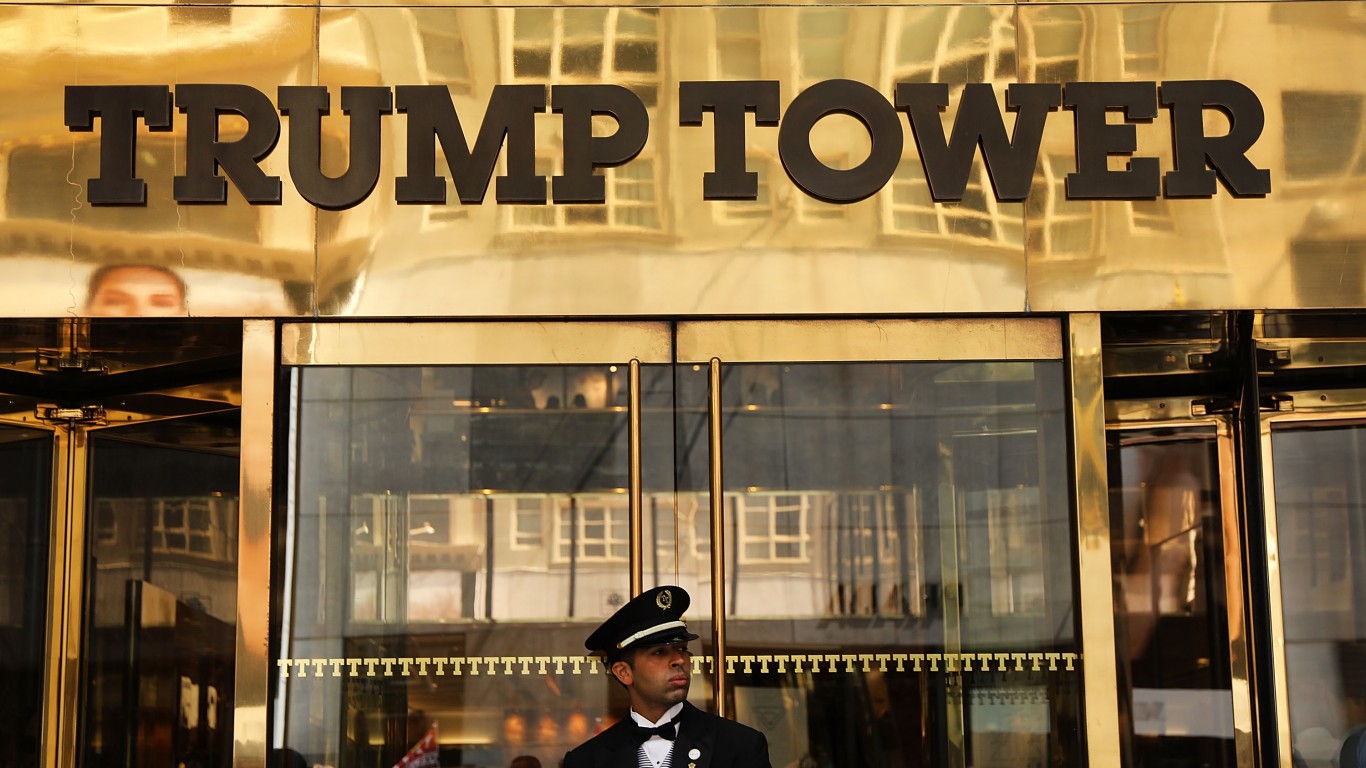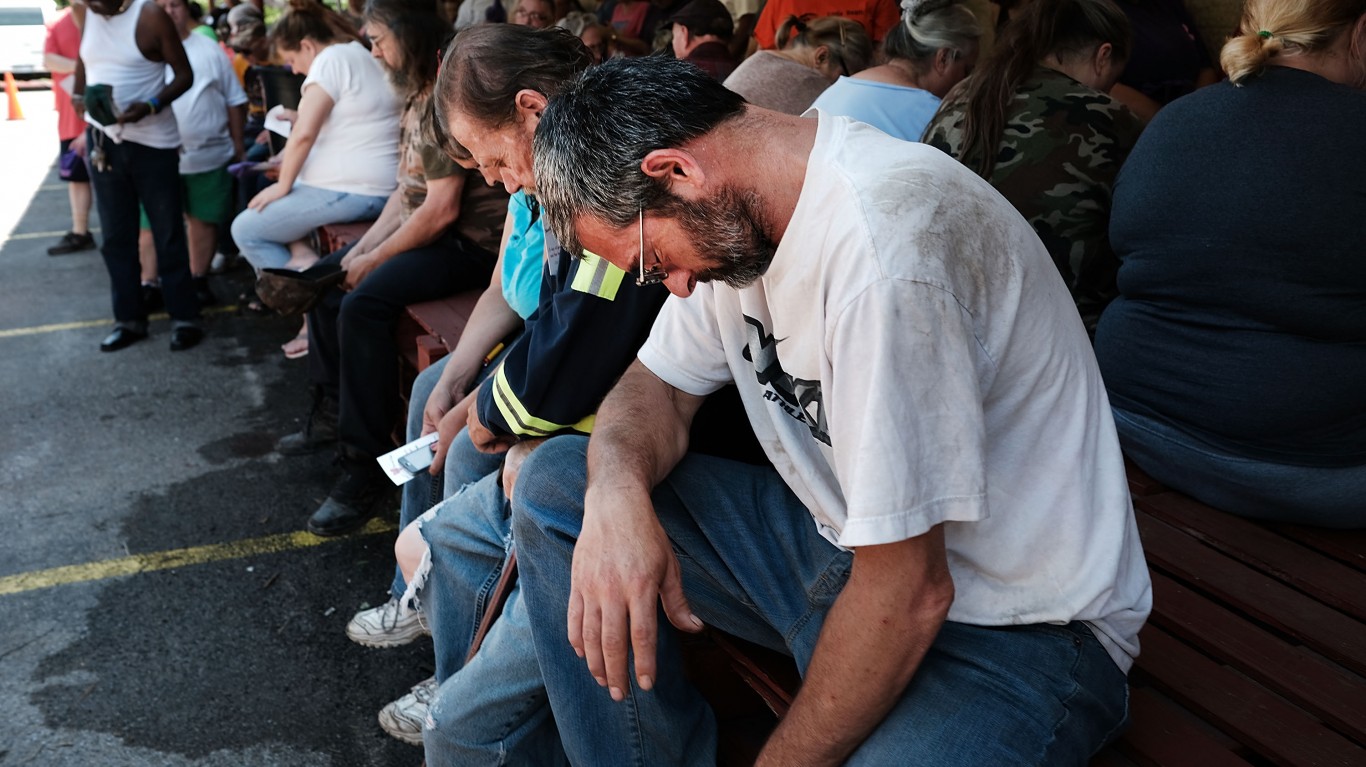
The Biden administration has just canceled $5.8 billion in student loan debt. However, it only covers 323,000 borrowers who have what is categorized as a total and permanent disability. The decision makes only a small dent in overall student debt. The Federal Reserve lists total student loan debt in America at over $1.7 trillion.
Much of the money loaned to students will never be repaid. According to EducationData.org, 7.8% of student loans are in default. Over a million student loans go into default every year. The financial challenge to the federal government is that, while much of the student debt is held by banks and other financial institutions, almost all of it is guaranteed by the government.
WalletHub has just published its “2021’s States With the Most and Least Student Debt.” It looked at 11 measures to create a 100-point scale. The state with the most student debt received that score closest to 100.
Among those things examined were student debt as a share of income, average student debt, unemployment and availability of student jobs. According to the methodology: “The data set ranges from average student debt to unemployment rate among the population aged 25 to 34 to share of students with past-due loan balances.”
The state with the most student debt is also among the poorest. West Virginia received a score of 70.77. It was followed by New Hampshire (68.45), Pennsylvania (67.17) and South Dakota (66.03).
West Virginia has the lowest median household income among all states, at $44,097. The national figure is $63,179.
The state with the lowest score is Utah (16.10), substantially below the second lowest, which is California (29.50). Although WalletHub did not draw a line between income and student debt rating, Utah has among the highest median household incomes at $71,414.
Click here to see which are the 50 best colleges in America.
Are You Still Paying With a Debit Card?
The average American spends $17,274 on debit cards a year, and it’s a HUGE mistake. First, debit cards don’t have the same fraud protections as credit cards. Once your money is gone, it’s gone. But more importantly you can actually get something back from this spending every time you swipe.
Issuers are handing out wild bonuses right now. With some you can earn up to 5% back on every purchase. That’s like getting a 5% discount on everything you buy!
Our top pick is kind of hard to imagine. Not only does it pay up to 5% back, it also includes a $200 cash back reward in the first six months, a 0% intro APR, and…. $0 annual fee. It’s quite literally free money for any one that uses a card regularly. Click here to learn more!
Flywheel Publishing has partnered with CardRatings to provide coverage of credit card products. Flywheel Publishing and CardRatings may receive a commission from card issuers.
Thank you for reading! Have some feedback for us?
Contact the 24/7 Wall St. editorial team.




